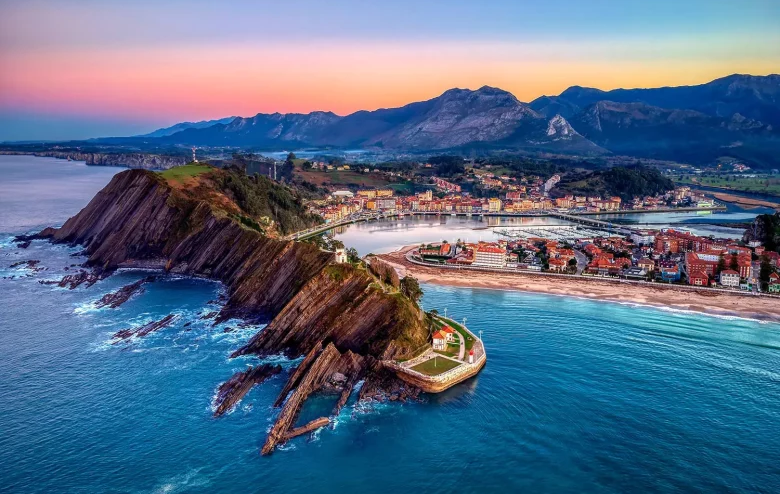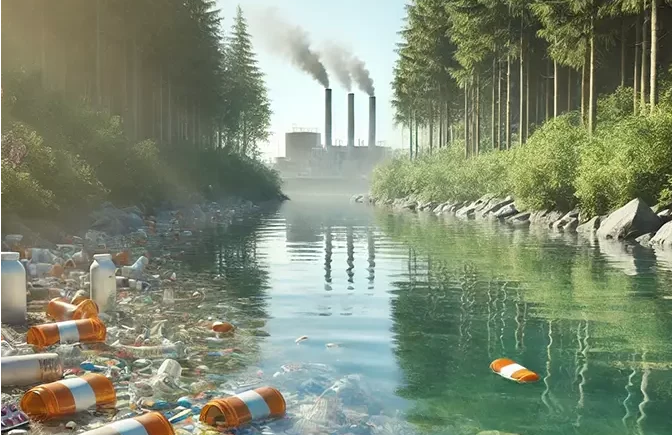Evaluation of Geology and Hydrogeology of the Water Leakage in Hammam-Grouz Dam, Algeria
Downloads
Doi:10.28991/HEF-2021-02-03-08
Full Text:PDF
Downloads
Toumi, A., & B. Remini, (2003). Leakage through the banks of the Foum el Gherza dam, Biskra, Algeria”. Magazine of Québec Science and Environmental Technology, 3(6), 67–71.
Benfetta, H., and Remini, B. (2008). "Water leaks through the Ouizert algerian dam" Dry Magazine (France), 19 (3), 185-192.
Toumi, A., (2009). Study of water leaks in dams; some examples from eastern Algeria, PhD thesis es sciences in Hydraulics and water sciences, 258 pages. Mohamed Kheider University, Biskra, Algeria.
Abdelouaheb, T., & Boualem, R. (2018). The problem of water leakage in beni haroun reservoir (Algeria). Jordan Journal of Civil Engineering, 12(3), 402–423.
Toumi, A., & B. Remini, (2008). Water leakages through banks of Hammam-Grouz dam (Algeria). European Journal of Scientific Research, 24(4), 491–497.
Durozoy G., (1960). Study of the chateaudun region of Rhumel river, pub. serv. Geol. card Algeria NIIe series n°22, Algiers.
Toumi, A., & B. Remini, (2005). The problem of water leaks from Hammam Grouz dam. Larhyss Journal, 05, 41–48.
N.A.D.T, (2004), Stability Control by high pressure topometric measurements and auscultation devices of the Hammam Grouz dam, maintenance and control department, Ministry of Water Resources, Algeria.
National Agency for Dams and Transfers (N.A.D.T). (2004). Service operating of Grouz Hammam Dam (HG.D), Algeria.
Binnie (1980), Hammam Grouz dam, Monograph, 49 Pages, Algeria.
N.A.D.T, (2003), Report of the visit to the Hammam-Grouz dam, maintenance and control department, Ministry of Water Resources, Algeria.
N.A.D.T, (2008), Report of the visit to the site of Hammam Grouz dam. Company GeoMag and Dar Al-Handassa, Algeria.
Mozafari, M., Milanovič, P., & Jamei, J. (2021). Water leakage problems at the Tangab Dam Reservoir (SW Iran), case study of the complexities of dams on karst. Bulletin of Engineering Geology and the Environment, 80(10), 7989–8007. doi:10.1007/s10064-021-02387-z.
Liu, S., Wang, X., Fu, L., & Wei, B. (2018). Application of borehole radar for dam leakage detection. 2018 17th International Conference on Ground Penetrating Radar (GPR). doi:10.1109/icgpr.2018.8441615.
Liu, B., Wang, C., Liu, Z., Xu, Z., Nie, L., Pang, Y., ... Feng, S. (2021). Cascade surface and borehole geophysical investigation for water leakage: A case study of the Dehou reservoir, China. Engineering Geology, 294, 106364. doi:10.1016/j.enggeo.2021.106364.
N.A.D.T, (2003), Technical Report on Leaks, Maintenance and Control Department, Ministry of Water Resources, Algeria.
Hocini. N, (2003), Investigation of leaks at the Hammam Grouz dam (Athmenia river), Algiers nuclear research Center (A.N.R.C), Nuclear applications division, Department of Applications in Hydrology and Sedimentology, Algeria.
- The authors retain all copyrights. It is noticeable that authors will not be forced to sign any copyright transfer agreements.
- This work (including HTML and PDF Files) is licensed under a Creative Commons Attribution 4.0 International License.














